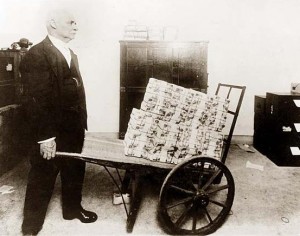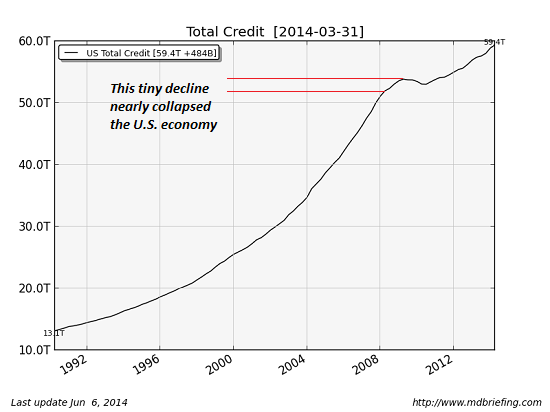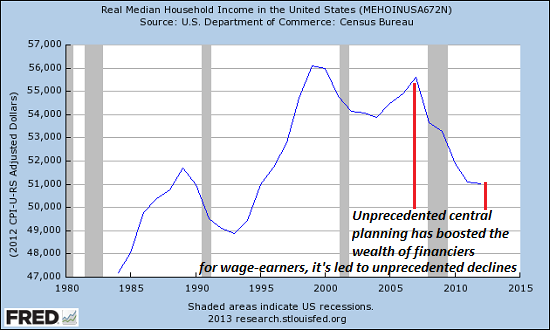Two recent episodes expose the
corruption
rampant in large privately run and publicly funded charter school
companies. Charter schools have aggressively expanded in the last decade
as a key component of the bipartisan attack on public
education in the United States led by George W. Bush and Barack
Obama.
In the course of 2013,
17 charter schools were closed in Ohio due to
corruption, forcing hundreds of students to find alternative schools in the fall. Touted as the cornerstone of
education “reform,” there is no longer any question that these so-called
education
companies are cash grabbing operations that would not exist without the
government diverting money from resource-starved public schools.
On June 2, the Securities and Exchange Commission charged Chicago
United Neighborhood Organization (UNO) Charter Schools as well as UNO
itself, with defrauding investors in a $37.5 million municipal bond
offering. UNO did not disclose that several million dollars for new
school construction was awarded to construction companies operated by
brothers of UNO Schools Chief Operating Officer Miguel D’Escoto.
D’Escoto left UNO schools in February.
UNO, the largest operator of charter schools in Illinois, has neither
confirmed nor denied the charges, opting to settle by agreeing to
“improve procedures,” and accepting an independent monitor.
“UNO misled its bond investors by assuring them it had reported
conflicts of interest in connection with state grants when in fact it
had not,” said Andrew J. Ceresney, director of the SEC Division of
Enforcement. “Investors had a right to know that UNO’s transactions with
related persons jeopardized its ability to pay its bonds because they
placed the grant money that was primarily funding the projects at risk.”
In 2013, Illinois Governor Pat Quinn cut off state funding to UNO
schools for violating the terms of a 2009 state school construction
grant totaling $98 million. For that grant, former UNO CEO Juan Rangel
and UNO enjoyed the support of Illinois House Speaker and Democratic
Party strongman Michael Madigan, a vocal proponent of
education and pension reform.
Rangel, who stepped down last year amid the two
corruption scandals, co-chaired Chicago Mayor Rahm Emanuel’s campaign in 2010. Emanuel,
Obama’s former
White House
chief of staff, has overseen the shutdown of 50 schools, the attack on
Chicago teachers’ conditions and the expansion of charter schools.
The way for this was paved by the sellout of the 2012 strike by the
Chicago Teachers Union. As a reward for this betrayal, the American
Federation of Teachers was granted a “neutrality” agreement by UNO
allowing it to “organize” charter school teachers, i.e., collect union
dues from miserably paid instructors who have virtually no rights.
On June 4, the Des Plaines, Illinois headquarters of Turkish
religious leader Fethullah Gülen’s Concept Charter Schools was quietly
raided by the
FBI.
Nineteen other schools operated by the company in Illinois, Indiana and
Ohio are also reportedly being investigated. Gülen’s charter network is
estimated to be the largest in the United States, with around 139 active
schools in 26 states.
The schools are privately run and publicly funded, strategically
located in urban areas having concentrations of poor and minority youth.
The Chicago Math and
Science Academy raided in June receives all but 8 percent of its $6 million yearly budget from the public school district.
Concept Schools purports to provide an
education emphasizing math and
science education, in line with
Obama’s emphasis on the subjects of
science,
technology,
engineering and math, known as STEM fields. Concept Schools sponsored
an invitation-only STEM leadership summit in Washington, DC in April of
this year.
A Concept spokeswoman stated the documents taken by federal
investigators were part of an audit of grants for the Schools and
Libraries Program. However, a representative of the Cleveland
FBI
office has told media outlets, “What we did was not part of any audit,”
but part of an “ongoing white collar crime” investigation. This
involves several agencies, including the US Department of
Education and the Federal Communications Commission (FCC).
The June 4 federal search warrant on Concept Schools remains sealed,
so any connection to previous investigations is unclear. The charter
operator has been under federal scrutiny for both crimes and
questionable
education practices since 2009, including visa fraud.
The raid was conducted very quietly, with no identifying uniforms worn by
FBI agents or marked cars present. School has already been dismissed for the summer.
In the last several years Gülen’s Niagara Foundation, as well as
other Turkish NGOs, paid for House Speaker Madigan, and Chicago Alderman
Joe Moore, in whose ward the Chicago Math and
Science Academy is situated, to visit Turkey with other Illinois politicians.
Under the
Obama
administration the number of students enrolled in charter schools has
doubled. New Orleans is now an all-charter school district with Detroit
not far behind. The
Obama
administration has used its Race to the Top funding program to press
states to lift their cap on the number of charter schools while offering
tax breaks to encourage banks and educational “entrepreneurs” to invest
in charter school construction.
Reprinted with permission










